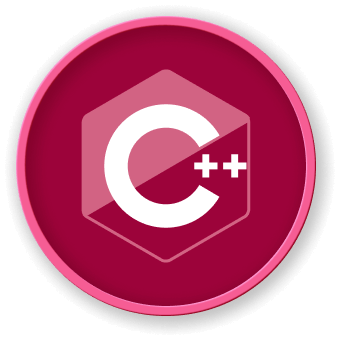Memory Basics
Introduction to Dynamic Memory
In C++ programming, dynamic memory management is a crucial skill for efficient memory allocation and deallocation. Unlike static memory, dynamic memory allows you to create and destroy memory at runtime, providing flexibility in resource management.
Memory Allocation Types
There are three primary memory allocation types in C++:
| Memory Type |
Allocation |
Deallocation |
Scope |
| Stack Memory |
Automatic |
Automatic |
Function |
| Heap Memory |
Manual |
Manual |
Programmer-defined |
| Static Memory |
Compile-time |
Program termination |
Global |
Heap Memory Fundamentals
Heap memory is dynamically allocated during runtime using operators like new and delete. It provides more flexibility but requires careful management to prevent memory leaks.
graph TD
A[Memory Request] --> B{Heap Available?}
B -->|Yes| C[Allocate Memory]
B -->|No| D[Allocation Fails]
C --> E[Return Memory Pointer]
Memory Allocation Operators
new Operator
The new operator allocates memory dynamically and returns a pointer:
int* dynamicArray = new int[10]; // Allocates memory for 10 integers
delete Operator
The delete operator frees dynamically allocated memory:
delete[] dynamicArray; // Deallocates the previously allocated array
Common Memory Management Challenges
- Memory Leaks
- Dangling Pointers
- Double Deletion
Best Practices
- Always match
new with delete
- Set pointers to
nullptr after deletion
- Use smart pointers when possible
LabEx Recommendation
At LabEx, we emphasize the importance of understanding memory management for robust C++ programming. Practice and careful implementation are key to mastering these concepts.



